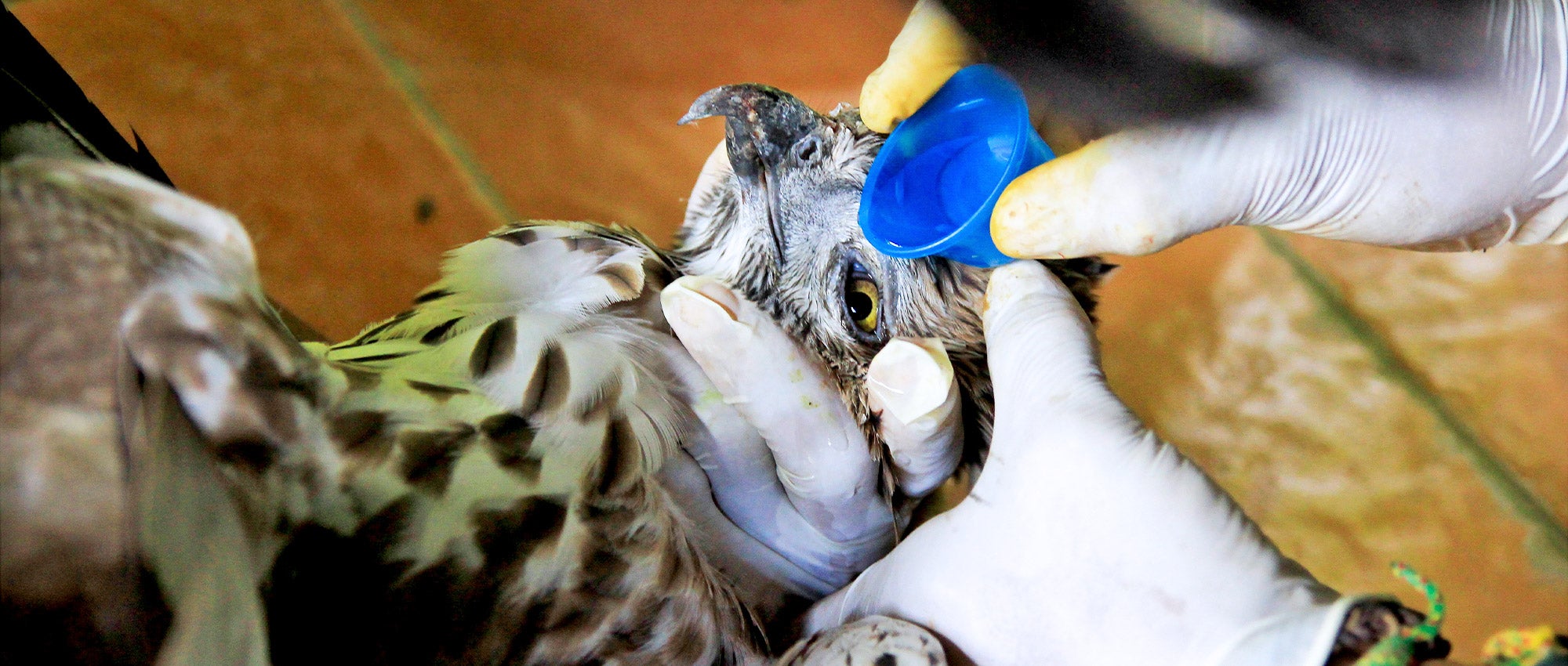Efficient Wildlife Removal Techniques for a Peaceful Home Environment
In the quest of maintaining a tranquil space, homeowners commonly face the difficulty of wildlife intrusions, which can interfere with the serenity of their environment. Applying effective wildlife elimination techniques calls for a nuanced understanding of both humane exclusion techniques and preventative procedures. By attending to access factors and decreasing attractants, one can substantially lessen the likelihood of unwanted guests. The intricacy of these techniques commonly demands a closer assessment of specific approaches and the possible demand for expert intervention. What are the essential elements of these approaches, and when should one take into consideration seeking expert support?
Identifying Common Wildlife Intruders
Determining typical wild animals trespassers is a vital very first step in reliable wildlife management. Understanding the specific species that regularly penetrate residential and industrial rooms enables building proprietors and wildlife specialists to carry out targeted methods for alleviating prospective damage and health and wellness threats. Typical burglars usually consist of raccoons, squirrels, bats, and different species of rodents and birds, each bringing special challenges.
Bats, while valuable for managing insect populaces, can end up being a problem when they roost in attic rooms, possibly spreading out conditions such as histoplasmosis. Birds, including pigeons and sparrows, frequently develop unsanitary problems with their droppings, leading to architectural degradation and health and wellness concerns - wildlife removal Burlington.
Humane Exemption Techniques
Recognizing the typical wild animals trespassers is the structure whereupon effective exemption approaches are constructed. Identifying types such as birds, squirrels, and raccoons aids in designing gentle exclusion techniques tailored to particular behaviors and entry techniques. Exclusion is a preventative method targeted at denying wild animals access to properties and homes, hence decreasing the requirement for more invasive actions.
The keystone of gentle exclusion entails securing possible entry points. Additionally, making certain that home windows and doors are safe and secure, and that screens are intact, can even more deter access.
Mounting motion-activated lights or ultrasonic tools can discourage nighttime wildlife. These exclusion techniques not just secure the home atmosphere but additionally value the wild animals, enabling them to grow in their natural habitats without harm.
Safe Trapping Methods
When exclusion techniques want, safe capturing methods become an essential option in wildlife management. Trapping, when performed appropriately, uses a humane and effective methods of resolving an instant wild animals trouble while making certain minimal stress and injury to the pet. This strategy calls for an understanding of both the behavior of the target types and the ethical considerations included in wildlife handling.
These traps should be examined regularly to stop undue tension or injury to the recorded wildlife. It is critical to comply with neighborhood regulations relating to trapping and relocation to ensure conformity with lawful standards and wildlife conservation concepts.
Furthermore, lure selection and placement are vital components in guaranteeing successful trapping. Lure needs to be selected based on the dietary preferences of the target varieties and purposefully placed to entice the animal right into the trap. When trapped, the animal needs to be managed with treatment, using safety gear if needed, to promote risk-free transportation and release, browse around these guys thus preserving a well balanced ecosystem and a calm home atmosphere.
Precautionary Home Adjustments
While safe trapping approaches deal with prompt wild animals concerns, long-term solutions frequently involve preventative home modifications to prevent pets from entering human areas. Applying these modifications not just enhances the safety and security and comfort of your living setting yet likewise reduces the chance of future wild animals intrusions.
An essential facet of preventative strategies is securing prospective access points. This involves examining and fixing any kind of spaces or cracks in the foundation, walls, and roof, as these can become accessibility paths for wild animals.
Landscaping modifications can also work as effective deterrents. Cutting tree branches that overhang the roofing system and getting rid of particles piles can remove routes and habitats that draw in wild animals. Keeping a tidy backyard by securing garbage can and compost heap prevents scavengers such as marsupials and raccoons.

## When to Call Specialists
Expert treatment ends up being important in circumstances where wild animals concerns go beyond the scope of DIY options. House owners may come across conditions where the intricacy or risk of the wild animals issue requires expert proficiency. For example, dealing with hostile pets such as bats, learn this here now raccoons, or snakes typically needs specific skills and devices to make sure security and performance. Attempting to deal with these creatures without proper expertise can lead to injury or intensify the issue.
Furthermore, problems entailing protected or jeopardized types need a nuanced method to adhere to lawful guidelines. Specialists are outfitted with the essential licenses and recognize the legal structures governing the handling of such species. This makes certain that removal is performed ethically and within legal boundaries.

Last but not least, when wildlife postures a persistent problem regardless of duplicated do it yourself efforts, professional services can offer comprehensive assessment and long-lasting remedies tailored to avoid reoccurrence - animal control Burlington. Their proficiency not just resolves the immediate issue yet additionally safeguards the home environment in the future
Final Thought
Carrying out efficient wild animals elimination strategies is necessary informative post for keeping a serene home setting. Identifying common wild animals intruders and employing gentle exemption techniques are foundational steps. Safe capturing techniques ensure the humane capture of relentless animals, while preventative home alterations, such as sealing entrance factors and safeguarding garbage can, decrease future intrusions. Consulting specialists is advisable for complicated circumstances that require knowledge. Together, these strategies create an unified space without wild animals disturbances.

These exemption methods not just safeguard the home atmosphere but likewise appreciate the wildlife, enabling them to thrive in their all-natural environments without harm.
Carrying out efficient wildlife removal strategies is essential for maintaining a peaceful home environment.